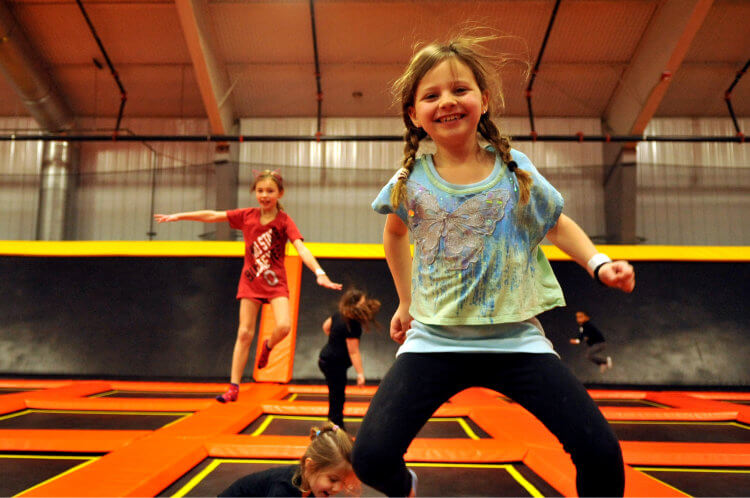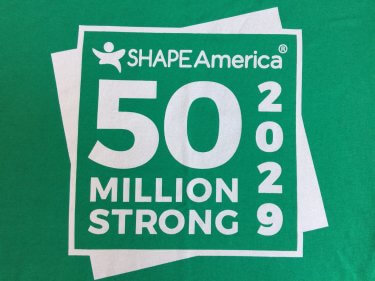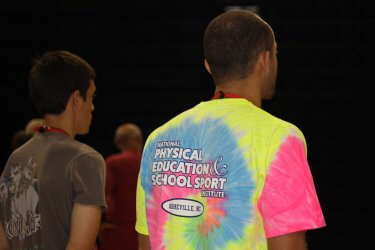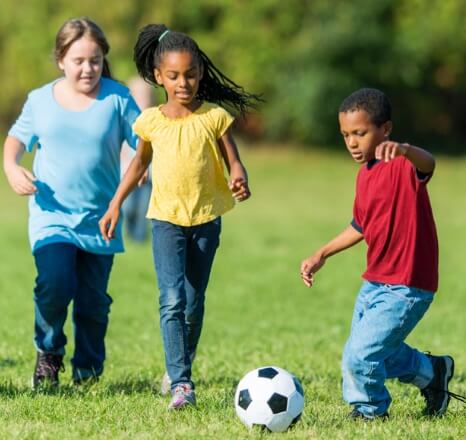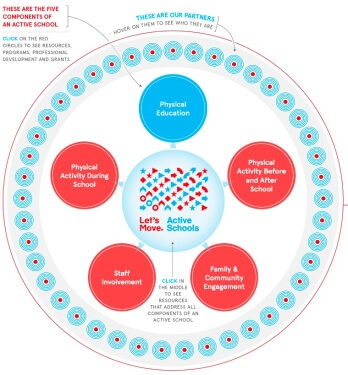What: 2017 National PE & School Sport Institute
When: July 24-26, 2017
Where: Asheville, North Carolina
Website: NationalPE.com
Just over a month remains before the start of this year’s National PE & School Sport Institute. Registrations are fast filling and the schedule is finalized. Take a look below at the amazing variety of presentation topics and the list of outstanding presenters. This year’s keynoters include Joey Feith, Greg Dale, Jim DeLine, and the entire Team PHYSEDagogy (Adam Howell, Naomi Hartl, Jonathan Jones, Matt Pomeroy, Sarah G-H, Collin Brooks & Jorge Rodriguez).

As always, the most important people at the PE & Sport Institute are the participants – you! This is your opportunity to learn from others, share your own ideas, and have a great time meeting new colleagues and getting together with your teaching and coaching friends in a warm and inviting setting. Earn 15 hours CEU credits. Learn more by visiting our website and also watch film of previous keynoters including George Graham and Jean Blaydes. Don’t miss this fantastic learning opportunity. Register now and join us in July in Asheville, NC for what is guaranteed to be a highlight of your summer.
